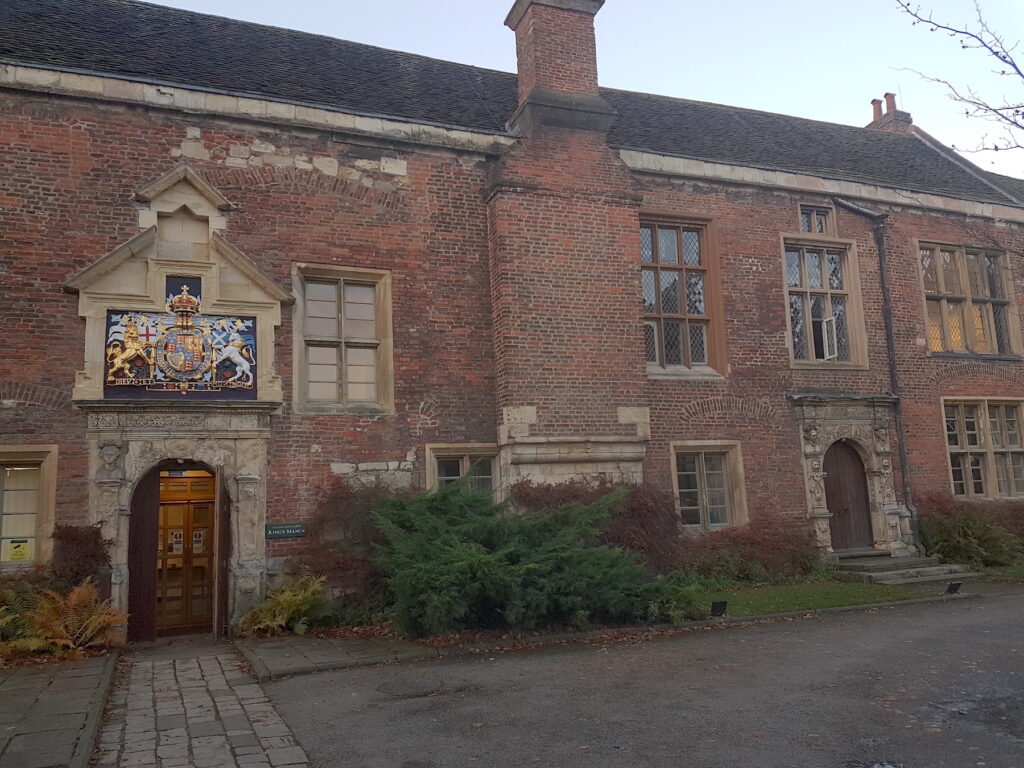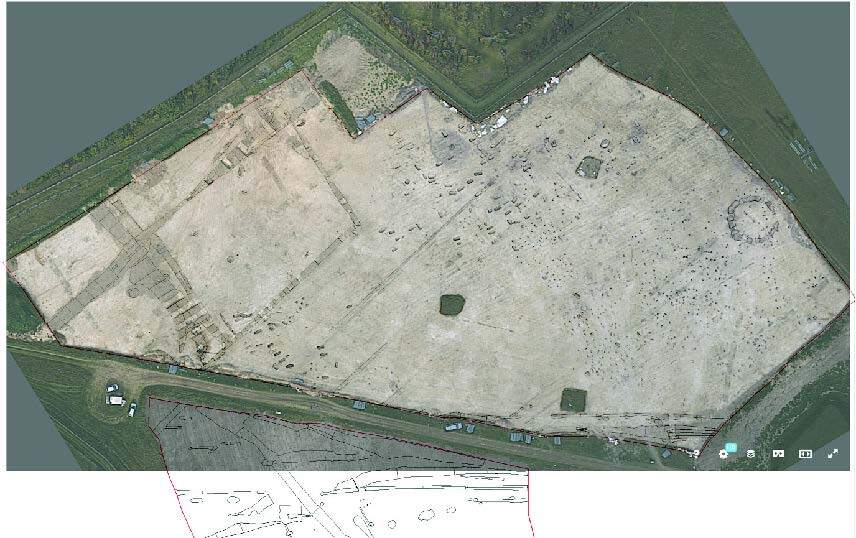The Parliamentary Office of Science and Technology (POST) hosted an exhibition in the Members’ Dining Room in the House of Commons on Tuesday (15th July) to which the ADS were very pleased to be invited to participate.
to which the ADS were very pleased to be invited to participate.
POST is Parliament’s in-house source of independent, balanced and accessible analysis of public policy issues related to science and technology. POST publishes 20-30 POSTnotes each year, along with occasional longer reports and short POSTboxes. They focus on current science and technology issues and aim to anticipate policy implications for parliamentarians.
This exhibition focussed on ‘Big Data’ was arranged in collaboration with Research Councils UK, which represents the AHRC, NERC and the five other leading public sector bodies that fund research in the UK. Readers of this blog will already know of the ADS’ close relationship with the AHRC, and that we are the smallest of NERC’s data centres with a remit for science based archaeology.
After short addresses by the Rt Hon Francis Maude MP (still Minister for the Cabinet office despite the reshuffle on the same day!) and RCUKs Chair and the AHRC’s CEO Prof Rick Rylance, and over a cup of tea and tiny sandwiches, Parliamentarians were able to visit stalls and discuss how we all work with ‘Big data’; as ever at such events, archaeology always attracts a lot of interesting questions and attention. Catherine Hardman, with Arts and Humanities colleagues, Prof Andrew Prestcott, Dr Tobias Blanke (both of KCL) and Christie Walker (AHRC), spent the afternoon talking about how aspects of Big Data (something that has been defined as not just high volume of data, but also high variety and high velocity data) has affected our work. Our ‘Big Data’ issues are less about Terrabytes of simple data sets, however large they may be, but more to do with having to make sense of a wide variety of complex digital objects routinely used in our profession.





